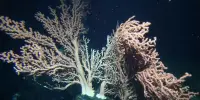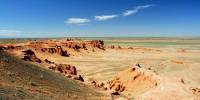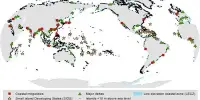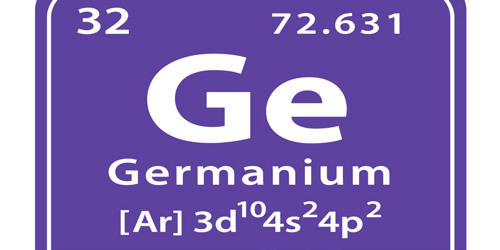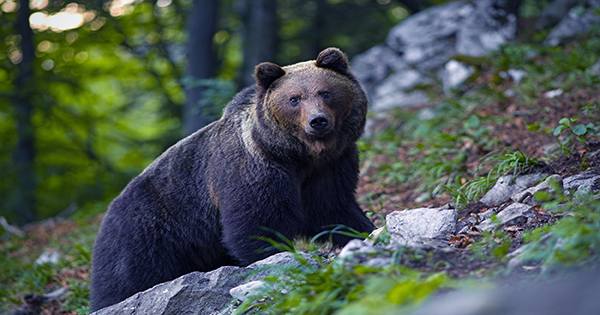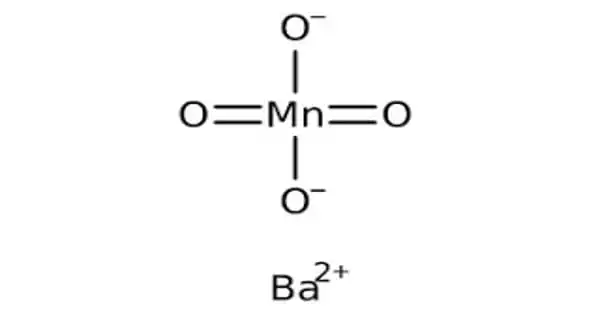A new geological study claims that the oldest Scandinavian bedrock was ‘born’ in Greenland. The study explains how continents formed and why Earth is the only planet in our solar system with life.
Researchers discovered signs of a previously buried section of Earth’s crust on a Finnish outcrop tucked between some of Northern Europe’s oldest mountains, pointing more than three billion years back in time and north towards Greenland.
These traces were discovered in the mineral zircon, which, after chemical analysis, revealed to researchers from the Department of Geosciences and Natural Resource Management that the “foundation” upon which Denmark and Scandinavia rest was most likely ‘born’ from Greenland around 3.75 billion years ago.
“Our studies imply that the oldest component of Earth’s crust beneath Scandinavia originates in Greenland and is around 250 million years older than we previously assumed,” says Professor Tod Waight, a geologist at the Department of Geosciences and Natural Resource Management.”
The zircon’s chemical fingerprint matches those of some of the world’s oldest rocks found in West Greenland’s North Atlantic Craton, according to the researchers’ analysis.
“The zircon crystals we found in river sand and rocks from Finland have signatures that point towards them being much older than anything ever found in Scandinavia while matching the age of Greenlandic rock samples. At the same time, the results of three independent isotope analyses confirm that Scandinavia’s bedrock was most likely linked to Greenland,” says Department of Geosciences and Natural Resource Management researcher Andreas Petersson.
Our findings add to our understanding of how continents developed and spread over the planet, particularly in the case of the Fennoscandian Shield. However, there is still much that we do not know.
Professor Waight
A water world without oxygen
Denmark, Sweden, Norway, and Finland rest atop a part of Earth’s crust known as the Fennoscandian Shield, or the Baltic Shield. The researchers believe that it broke away from Greenland as a “seed” and shifted for hundreds of millions of years until it “took root” where Finland is today.
Here, the plate grew as new geological material accumulated around it, until it became Scandinavia. At the time of the crust’s detachment from Greenland, the planet looked very different than today.
“Earth was most likely a watery planet, as depicted in the film Waterworld, but without oxygen in the atmosphere or an emergent crust. However, because that is so far back in time, we cannot be certain of what it actually looked like,” explains Tod Waight.
When the experts look out into space and compare Earth to other planets in our galactic neighborhood, they say that having a continental crust made of granite is extremely unique.
“This is unprecedented in our solar system. And evidence of liquid water and a granite crust is critical when attempting to discover habitable exoplanets and the prospect of life beyond Earth,” says Andreas Petersson.
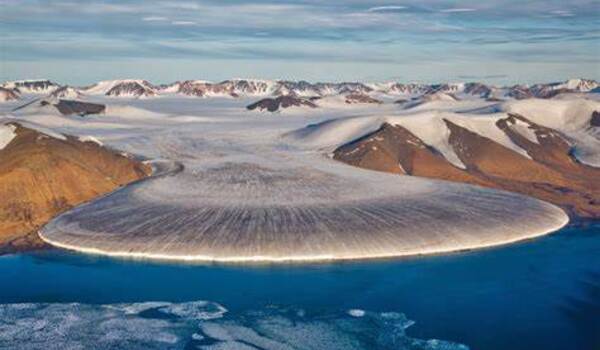
Continents are the key to life
The new study contributes to a primordial continental riddle that began long before life on Earth emerged, but has essentially prepared the road for both human and animal life.
“Understanding how continents evolved helps us comprehend why our planet is the only one in the solar system that supports life. We would not be here if there were no permanent continents and oceans between them. Indeed, continents influence both ocean currents and temperature, which are vital for life on Earth,” adds Andreas Petersson.
Furthermore, the new study adds to a growing body of research that rejects the methods employed thus far to assess how continents have grown, particularly during the first billion years of Earth’s history.
“The most commonly used models assume that Earth’s continental crust began to form when the planet was formed, about 4.6 billion years ago. Instead, our and several other recent studies suggest that the chemical signatures showing growth of the continental crust can only be identified about a billion years later. This means that we may need to revise much of what we thought about how early continents evolved,” says Professor Waight.
At the same time, the results of the study add to previous research that found similar “seeds” from ancient crusts in other parts of the world.
“Our findings add to our understanding of how continents developed and spread over the planet, particularly in the case of the Fennoscandian Shield. However, there is still much that we do not know. Similar seeds have been discovered in Australia, South Africa, and India, but it’s unclear if they all came from the same “birthplace,” or if they evolved independently in different parts of the world. Professor Waight continues, “This is something we would like to investigate further using the method we used in this study.”
About the study
- The study demonstrates that the oldest part of Earth’s crust beneath Scandinavia comes from Greenland and is about 250 million years older than once thought.
- Therefore, Denmark and Scandinavia’s geologic foundation was most likely connected to Greenland approximately 3.75 billion years ago.
- The researchers analyzed zircons from modern river sand and rock samples from the remote Pudasjärvi and Suomujärvi regions of Finland, whose geological origins have been little studied.
- The zircon crystals found in the Finnish river sand originally crystallized in granitic magmas deep within the crust. These granites were then lifted to the surface and eroded to eventually form sand.
- The researchers used isotopic compositions of lead, hafnium, and oxygen to trace the chemical fingerprint from the Fennoscandian Shield back to Greenland.
- The study has been published in the scientific journal Geology.


